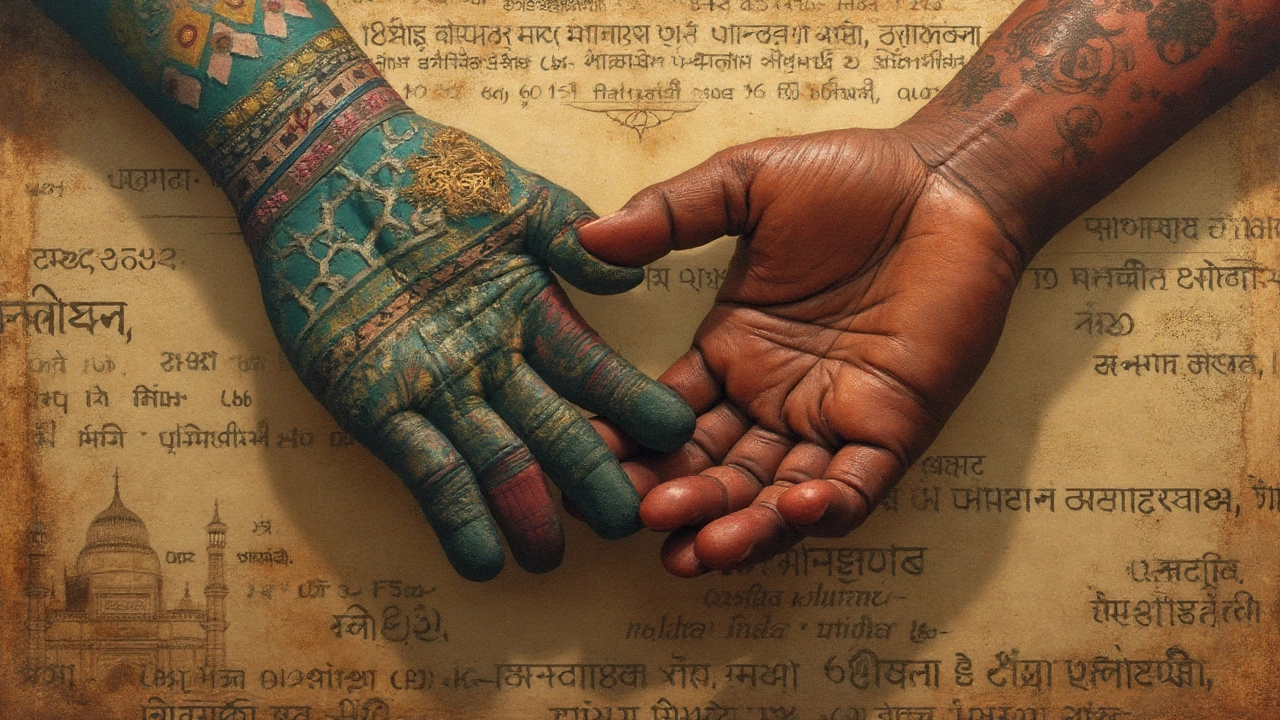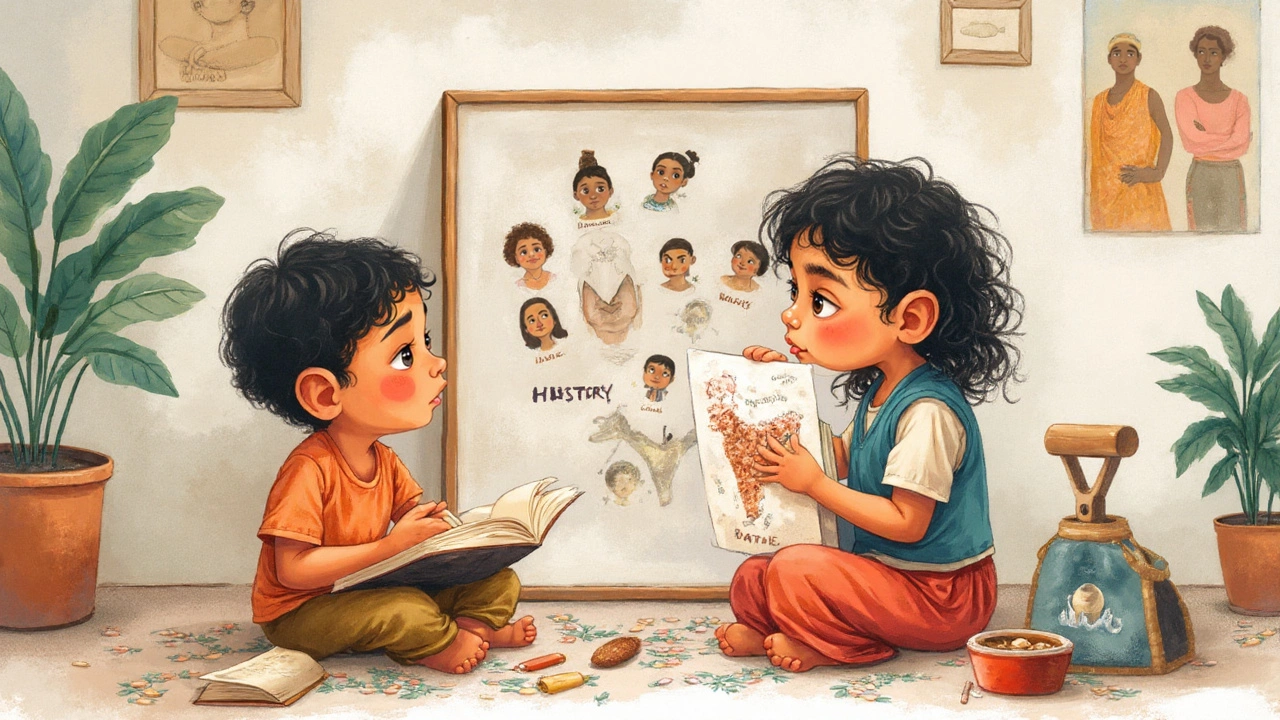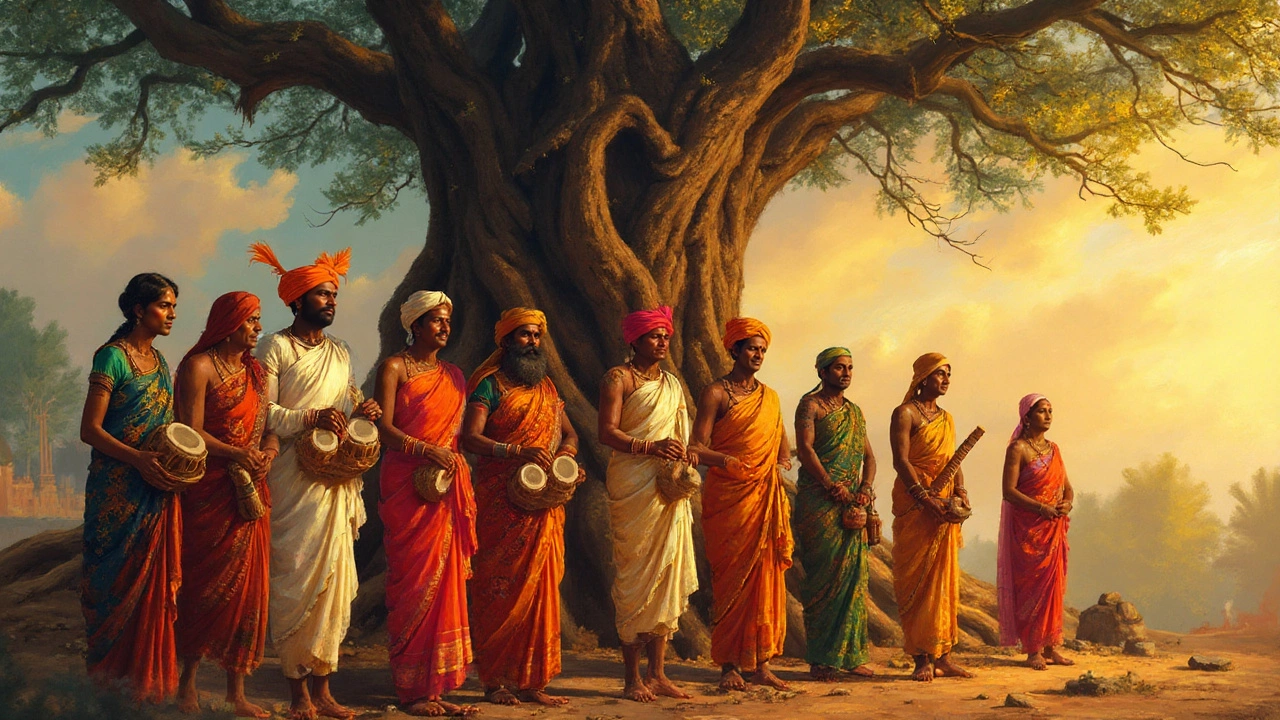The words we use to describe groups can pack a punch. They can help us connect, or stir confusion. "Native Indian"—there’s a phrase that gets thrown around, tangled in debates about blood, borders, and belonging. Is Native Indian a race or an ethnicity? Sounds like splitting hairs, right? But those hairs have split families, filled legal files, and shaped how millions see themselves. You’ll find out that what matters most about the question isn’t really in old history books, but in real, modern lives. Here’s the messy, misunderstood story behind those three loaded words.
What Do “Race” and “Ethnicity” Even Mean?
Let’s get this straight right up front. Most folks mix up "race" and "ethnicity" all the time. And can you blame them? They show up on everything from school forms to Starbucks surveys, but almost nobody explains what they mean. So, let’s break it down in plain language.
When people talk about race, they’re mostly pointing at physical traits that people notice right away—skin color, facial features, hair type. These physical markers are inherited, that’s true, but science tells us they don’t add up to much, genetically speaking. Everybody on the planet is more than 99.9% the same in their DNA. Race is a social invention. It’s a quick way to sort people, not a hardcore category carved in stone or skin.
Ethnicity, on the other hand, is all about shared culture: the foods you eat, the songs you sing, the festivals you celebrate, the language you speak, and the stories you pass down. It’s learned, not inherited, and it often spans borders or looks beyond appearance. Imagine two neighbors: both with roots in India. One speaks Tamil, the other Punjabi. They have different traditions, food, even wedding customs. That's ethnicity. Even though genetically, they’re almost identical, their ethnicity sets them apart.
This isn’t just wordplay. The difference matters in real life. Legal documents and government programs may give rights or take them away based on these labels. Universities track them. Census bureaus classify with them. And people—even kids on playgrounds—judge and get judged by them. It’s not just “book knowledge.” It affects jobs, identity, the box you check when you fill out a form, and sometimes even your safety.
Breaking Down "Native Indian": The Controversy Explained
“Native Indian” isn’t just a simple tag. Depending on who you ask and where you are, it can mean totally different things, and it can even offend some folks. In North America, "Native Indian" sometimes refers to the group commonly known as American Indians or Native Americans. In India and among its global diaspora, people use “Indian” to mean someone with heritage from India, and “Native” can point to the tribal populations often called "Adivasi." Let’s not mix apples and oranges—context really matters here.
Here’s the real trouble: in the U.S. and Canada, many Indigenous people don’t consider “Native Indian” an accurate or respectful label. Most prefer “Native American,” “First Nations,” or (best of all) the actual tribe or nation name—like Navajo, Mohawk, or Ojibwe. If you call someone a “Native Indian” here, they might bristle, since the term goes back to a mix-up by early European explorers who thought they'd landed in India.
Back in India, though, talking about “Native Indians” could refer to groups like the Santhal, Gond, Bhil, or other Adivasi tribes. They’re officially counted as “Scheduled Tribes” by the Indian government, and their identity is tied more to ethnicity than what Americans would call race. The Indian census recognizes hundreds of these groups, each with unique cultures and languages.
So, is “Native Indian” about race or ethnicity? If we’re talking about Indigenous peoples of North America, it’s mostly social—about ancestry and cultural identity, not genetics. In India, when talking about indigenous tribes, it’s always ethnicity: culture, lifestyle, traditions, not inherited “racial” features.
You may also have noticed: people rarely, if ever, use “race” to talk about regional Indian identities. In everyday speech or official Indian records, ethnicity—language, custom, faith, regional roots—carries way more weight. So “Native Indian” depends a lot on who’s using it and why.
| Region | Common Terms | Preferred Identity Labels | Focus: Race or Ethnicity? |
|---|---|---|---|
| North America | Native Indian, American Indian | Native American, First Nations, Tribal Name | Social ancestry and culture, rarely strict race |
| India | Native Indian, Adivasi, Scheduled Tribe | Tribal, Adivasi, Specific Tribe Name | Ethnicity (tribal culture and language) |
Confused? That’s normal. Most of these labels are shaped by politics, power, and history. That’s why they shift over time and place.

India’s Diversity: More Than Just One “Race” or “Ethnicity”
Walk through any train station in India and you’ll see it’s a living, breathing tapestry. Forget neat boxes—India has more than 2,000 distinct ethnic groups. The government keeps its own lists, recognizing 645 distinct tribes as “Scheduled Tribes” at last count. These are India’s indigenous communities, some of the most ancient on Earth. They speak over 100 different languages and follow countless traditions you won’t find anywhere else.
So, can you call all "Native Indians” a single race or ethnicity? No way. Scientists agree: Indian genetics are staggeringly diverse. Over thousands of years, migration waves from Central Asia, Africa, the Middle East, and East Asia melted together in India. Today, the DNA of an Indian tribal person from Nagaland might be closer to folks in Myanmar than to a Rajasthani in the northwest. Meanwhile, the Bhil in western India trace ancestry that’s older than ancient Egyptian civilization.
In daily life, most Indians identify by ethnicity—language, regional culture, religion, or tribal group. Race, as Western countries use it, isn’t how Indians see themselves. Want proof? Consider how state boundaries keep changing to line up with language groups—creating states like Telangana, Jharkhand, and Uttarakhand. Official forms ask about caste (another story entirely) and tribal status, never about “race.”
Here’s a fun fact: Some Adivasi celebrations are older than Hinduism and have roots tracing back 10,000 years or more. In the forests of Chhattisgarh, a Bastar Dussehra festival is celebrated for 75 days straight with rituals you’ll never see anywhere else. Meanwhile, the cultures of Santhal or Khasi tribes spotlight dances, music, and myths no one else has.
What about statistics? According to the 2011 Census of India, almost 104 million people belong to these Scheduled Tribes. That’s roughly 8.6% of India’s population—the largest native indigenous population in any country in the world apart from China. All this diversity is about culture, not “race.”
The Effects of Labels: Policy, Personal Identity, and Prejudice
Words make things real. In India, whether a group is called a “tribe” or a “caste” can change whether they get government benefits, jobs, college spots, or legal protections. For example, Scheduled Tribes (STs) qualify for special seats in parliament, university quotas, and targeted development funds. Getting ST status isn’t just about pride—it’s about real-life opportunities and survival.
But there are trade-offs. Sometimes, the label “tribal” gets twisted into an insult, or used by neighbors to stereotype entire communities as backward. Prejudice can linger even after official recognition. Schoolchildren in cities might not know anything about rural tribal culture, and “mainstream” Indians often overlook the literature, music, and art that indigenous groups have created for centuries.
For many Adivasi, picking how they’re labeled—or choosing their own label—can be a political act. Some groups have fought for decades to be recognized as STs, while others want to shake off old colonial tags like "aboriginal” or "primitive.” Identity here isn’t static. For urban Indians who move abroad, “Indian” becomes the main identity. But within India, being from the Bodo, the Mizo, or the Siddi tribe means something specific—so ethnicity always trumps race.
Globally, you can see similar fights over identity. In the U.S., the Cherokee Nation has its own rules about membership, which don’t always match bloodlines but rely on descent from tribal rolls. In Canada, the Inuit and Métis people define themselves through culture and ancestry, less by “racial” features. The lesson: labels may start with governments, but end up in the hands of the people themselves.

How to Navigate Identity: Dos and Don’ts When Talking About “Native Indians”
You want to talk about this stuff and not sound clueless? Here’s a roadmap that’ll keep you from stepping on toes—because in 2025, old stereotypes just won’t cut it anymore.
- When referring to someone from India with tribal heritage, use "Adivasi," "tribal group," or better yet—learn and use their actual tribal name if you know it (like Gond, Bhil, Khasi, Santhal).
- In North America, "Native American," "First Nations," or the tribe’s own name (like Lakota or Cree) is preferred. Avoid "Native Indian" unless the group itself uses it.
- Don’t guess someone's background based on looks. You can’t spot "race" or "ethnicity" with your eyes—always ask and let people self-identify.
- When filling out forms or having sensitive conversations, use open-ended questions: “How do you identify?” or “What term do you prefer?”
- Remember: Labels can change. Always follow the lead of the community—in language, in celebrations, and in describing heritage. Culture is alive, not fixed in time.
Getting these right isn’t about being politically correct for no reason—it’s about showing respect, avoiding outdated colonial language, and acknowledging how people want their stories told. Terms like "Native Indian" aren’t just old-fashioned—they can carry colonial baggage or erase distinct identities. If you’re ever unsure, just ask.
Identity is messy, layered, and sometimes even contradictory. But the more we listen to real stories and use the right words, the richer our own understanding gets. That’s not just good manners—that’s how history keeps growing in the right direction.
